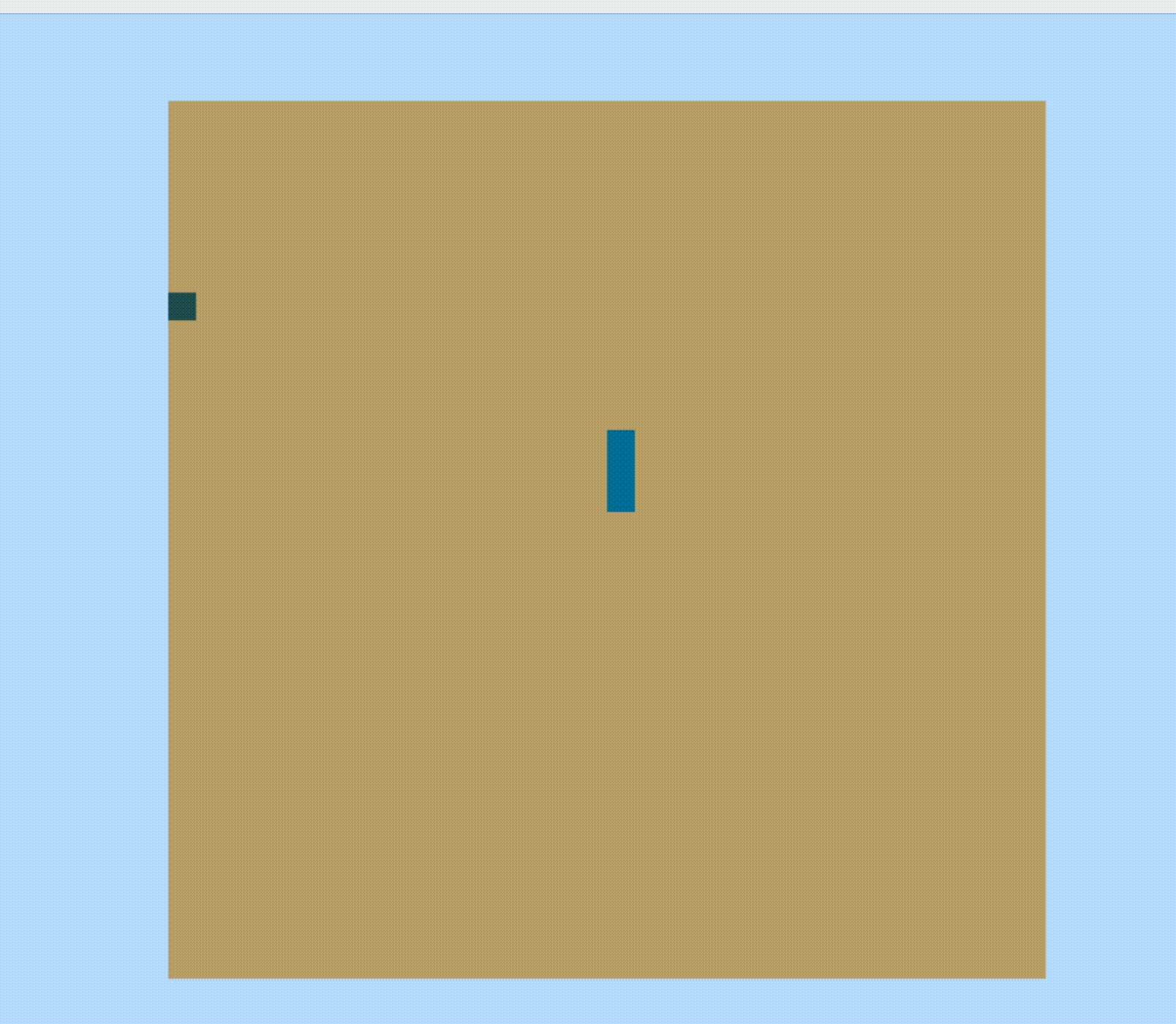BFS zero-to-hero, part 2: snake
Part 2 of the BFS challenge series: automatic Snake player

This is part 2 of the BFS challenge series, in which you’ll need to apply BFS to progressively more abstract problems.
Challenge 2: playing snake
In this challenge you’re tasked with assisting a self-playing snake game in planning the snake’s route.
A familiar problem with a twist
This seems like a simple chaining of the previous part’s solution - whenever the food is eaten, plan a route from the snake’s head to the new food position with the snake and game boundaries as walls. However, this case is slightly different - as the snake moves, some walls become empty cells, and vice versa. Can you think of an appropriate adaptation to the algorithm? Solution (spoiler alert):
Fortunately we don't have to account for the newly-created walls, as there's no reason to return to a previously-visited cell. This is fortunate because otherwise formulating the solution with BFS would have been much more difficult or even infeasible.
Regarding the vacated walls, an elegant way to utilize them is to include in the search space state the time that elapsed since planning the route. This way, for each state popped from the BFS queue, we can use the elapsed-time value to "trim" the snake's tail and determine exactly which snake cells constitute as walls and which don't.
Have a go!
To try your hand at this challenge, clone the same repo from the previous part (if you haven’t yet),
install requirements.txt, and open 2-snake/main.py. The code has implementation instructions for the pathfinding function.
Note the direction representation scheme and the solution structure (list of direction indices).
Good luck, and enjoy!